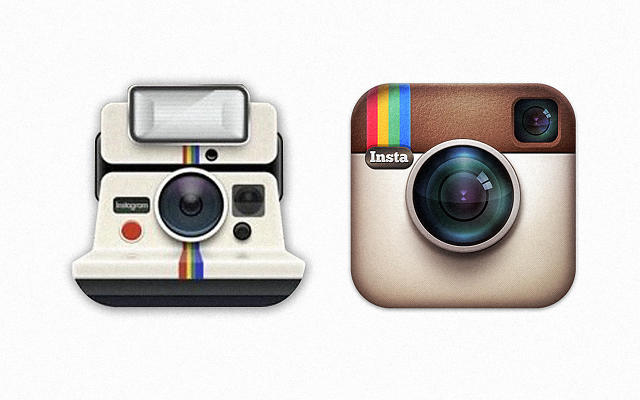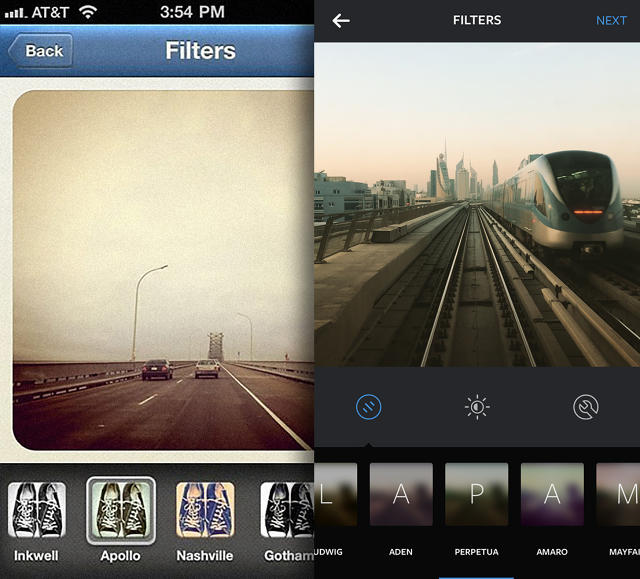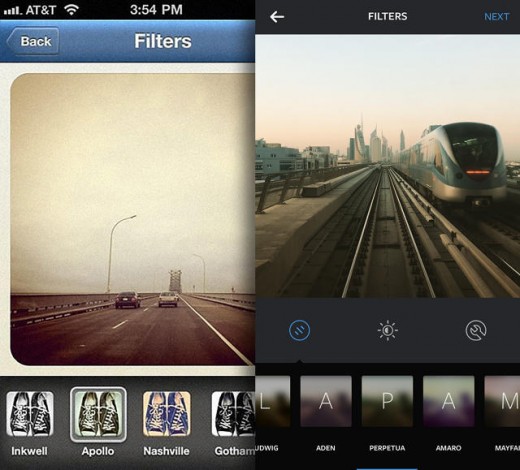5 Years Later, The Most Surprising Part About Instagram Is That No One’s Ruined It
As Instagram turns 5, we had an exclusive chat with cofounder Kevin Systrom and his design team about how they haven’t ruined it.
Today, Instagram turns five years old.
Despite being purchased by Facebook (everyone’s love-to-hate social network), despite adding video, despite changing the filters, despite adding (some) ads, despite allowing direct messages, despite spinning off the apps Layout and Hyperlapse, despite double-backing on their whole “you can only photograph in a square” philosophy, despite building Search & Explore features, and despite acquiring 400 million users worldwide with vastly different opinions on how you should use the service, Instagram is still great—an unbested way to share a single moment of your life with your friends.

“I start the day saying, ‘How do we not ruin the thing?'” says cofounder and CEO Kevin Systrom, with a laugh that sounds half sarcastic and half sincere. “[Other companies] lose sight of their mission. I’m not talking in business-school way. I’m talking a ‘Why did you start this company in the first place?’ way. The reason why we started this company in the first place was . . . we thought pictures and video, eventually, would become a dominant medium for communication. And we’ve never lost sight of that. There’s a reason you don’t have text posts in feeds, why we don’t support links. It’s not about link sharing, it’s not about rants. It’s about sharing the world around you.”
It’s also, five years later, an app that’s almost indistinguishable from its version 1 release.
“We promise there’s lots of stuff going on!” laughs Ian Spalter, head of design, when I bring this up to his team later on.
“I show people the first shot of Instagram, and it’s like they wonder what we do here,” adds design manager Ian Silber. “We stay close to the origins of Instagram, but we’ve changed everything—like adding a new engine and new parts while the car is still moving.”

Why So Little Has Changed
If you’re searching for a concrete reason why Instagram hasn’t changed much to the naked eye, it’s this: Instagram was designed for the iPhone, and five years later, we’re all still using more or less the same iPhone (or iPhone-inspired device). The first version of Instagram was itself born from self-editing. Instagram is a famously paired-down version of Burbn—Systrom’s failed do-it-all check-in/gaming/photo sharing/social media app. Ripped of most of those features, Instagram hit it big as with a spartan, photo-forward interface that epitomizes the old adage that “a picture is worth a thousand words.”
To this day, “Do the simple thing first” is Instagram’s internal mantra. “When we’re looking at any given problem, we’ll go deep on the solution space. But when it comes to making a call and what we ship, that’s the question: ‘What’s the simplest way we can do this?’” explains Spalter. “‘It’s not about being simplistic. It’s about not over-designing or engineering your solution, so it meets the needs of 90% of the population.”
Fringe use cases be damned, Instagram’s video roll-out exemplifies the effectiveness of their appeal-to-90% philosophy. “We want to get video out there, we’re not going to build a video player with a scrubber and all those things,” Spalter continues. “[We ask], ‘How do you get video on Instagram in the most simple way?’ and then iterate video over time.”
As for the actual features Instagram pursues—which are few and far between—the design team often begins with their own observations, as they see real people interacting with the product every day. Whereas for many businesses, understanding user behavior is very difficult because it’s invisible or difficult to track, the design team can very literally see new trends pop up as images with new filters or text effects, right in the Instagram feed.
“It’s definitely something unique when you’ve got the community creating the content, you get this constant live feed of what people are doing with the product,” Spalter explains. If the design team spots a trend, the data team can prove it out in hard numbers, to illustrate whether or not a new feature is worthy of full pursuit.
This sort of decision process drove the development of the Layout app, which allows users to create a montage of their photos, as well as the recent move to support vertical and horizontal images in addition to squares. In the latter case, the data team saw that 25% of all photos that appeared on Instagram had white bars added because they didn’t fit into the square mold.
“We were like, ‘It’s clear this is a trend that’s not going away, so let’s just make the best experience rather than fighting it,’” Systrom explains. “You actually do have to evolve your product significantly over time; otherwise, you get left behind.”

Why A Lot Is About To Change
Yet while Instagram has traditionally approached design updates with an almost lethargic confidence, Instagram’s most aggressive updates have launched just in the last two months, with the aforementioned elimination of square photos, and the introduction of the Search and Explore section (which allow you to view a world’s worth of hashtagged events in real time). Furthermore, the platform has still barely implemented ads—an inherently controversial topic on which Facebook’s designers are collaborating with the team. It has ever-burgeoning competition from Snapchat, Twitter, Vine, and Periscope. And on top of all that, the 13-person design staff is relatively young. The most senior member has been at the company for just 2.5 years.
If Instagram were ever primed to fundamentally shift, now would be the time.
“You have a grace period of about a few years that have been successful, and you can keep doing everything you’ve been doing, and you’re fine. But then some disruption happens,” Systrom cautions. “Take Facebook, for example. Facebook was really successful. Then the cellphone came along, and had they not made a giant transition to mobile, as boldly as they did, they’d be nowhere right now. You actually need to make pretty bold bets on your technology, the formats you support, etc.”
Delving into new formats could prove to be a particularly tricky proposition for Instagram. Remember, again, that Instagram as a platform is designed particularly to work on a phone: It’s a scrollable feed with big pictures, where it’s easy to share a quick snap. Instagram on the desktop, without that camera or touchscreen, is just another photo site. Instagram on a wearable like the Apple Watch is a bit of a novelty due to its postage-stamp images (and maybe the inherent silliness of looking at food porn on your wrist). The mismatches only compound when you consider what Instagram might look like in virtual reality—assuming that takes off, as many imagine. What happens to the simplicity of this feed as translated to 360-degree space with virtual hand controls?
But when I ask Systrom how Instagram will squeeze itself onto platforms of tomorrow, he simply points back to his original mission statement.
“Instagram is about capturing and sharing the world’s moments. Think about the scope of what we accomplish. If we can allow you to not only share the birthday photo with your friends, but imagine we get to the point where VR is a thing, and you experience a live event somewhere else in the world—a protest overseas, the World Cup, or a Taylor Swift concert. Those are the types of things you should be able to experience almost like you’re time traveling. And Instagram will always be about that,” he says.
“It just so happens that the best way to capture and share those moments now is the phone. But I’m not wedded to that at all in the long run.”
[All Images: courtesy Instagram]
Fast Company , Read Full Story
(129)



